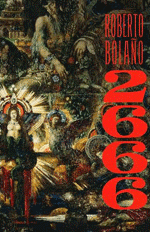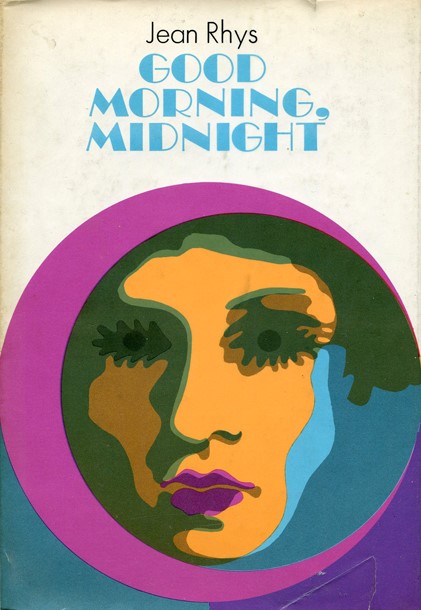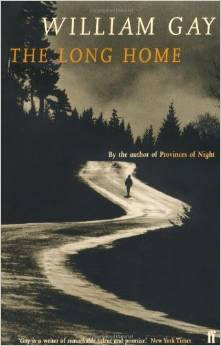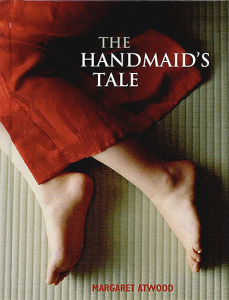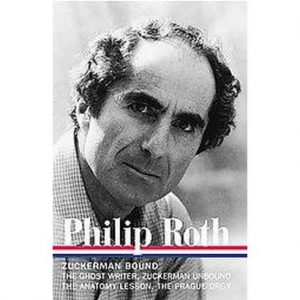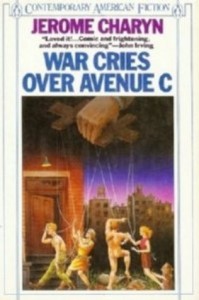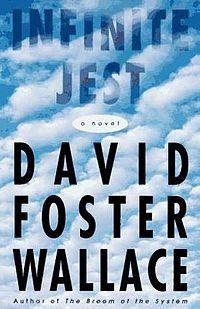352 pages, $15.99
Review by Bridey Heing
Novels on war can be many things, but telling a story that is humorous without making a joke of war itself can be extremely difficult. It’s a line Evelyn Waugh walked continuously as he wrote before, during and after the Second World War, satirizing British elites with grace and good humor. In his 1942 novel Put Out More Flags, Waugh uses his cast of wealthy characters to illuminate the sheer insanity of creating war and those who see opportunity where conflict looms.
Put Out More Flags tells the story of Basil Seal, a recurring Waugh character who manages to make himself part of mischief and intrigue wherever he goes. Seal is bored and looking for an adventure when war with Germany is declared, and the young man immediately sees his own interest in being well placed once the fighting starts. As he tries to play an intricate game of family connections and bureaucracy, his peers prepare for war in their own ways, be it drinking heavily or holding Ivory Tower debates on art. Continue reading
![[PANK]](https://pankmagazine.com/wp-content/themes/pank/assets/images/pank-logo-large.png)


